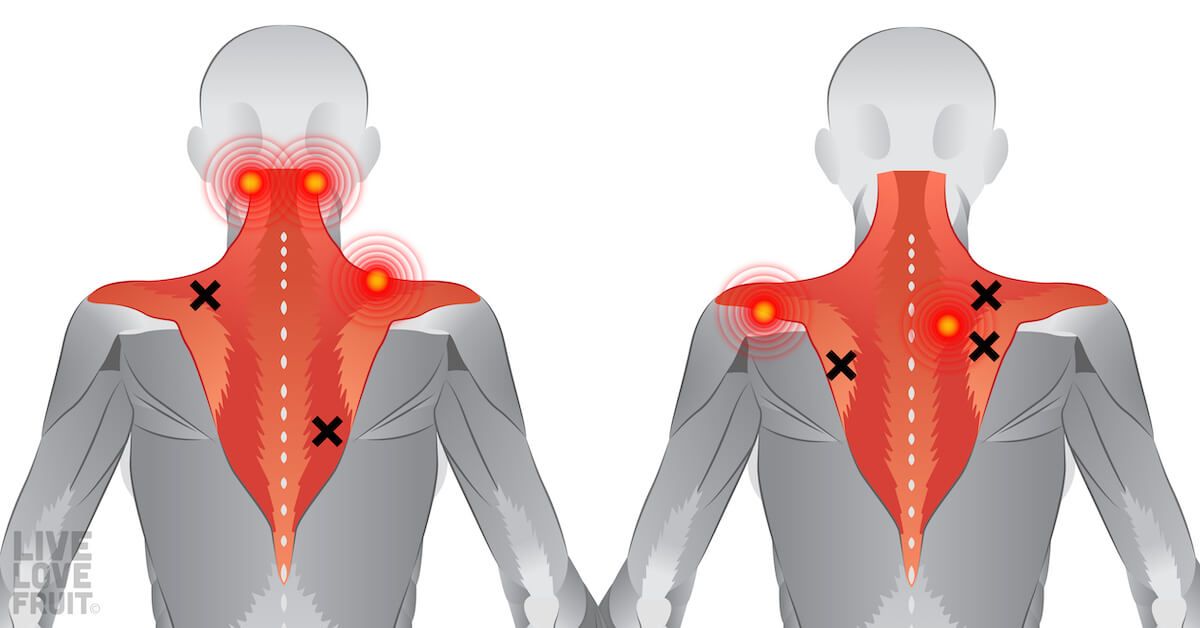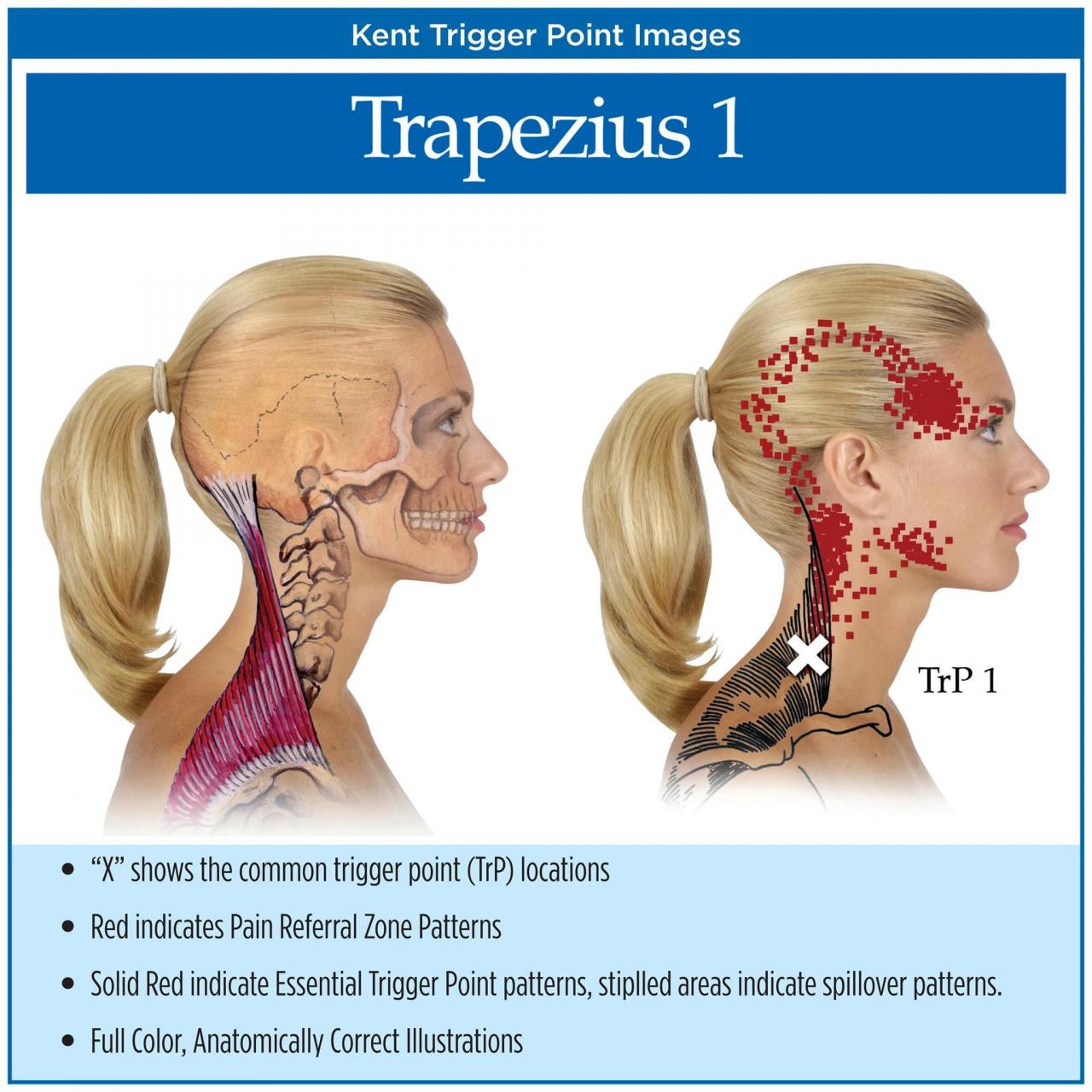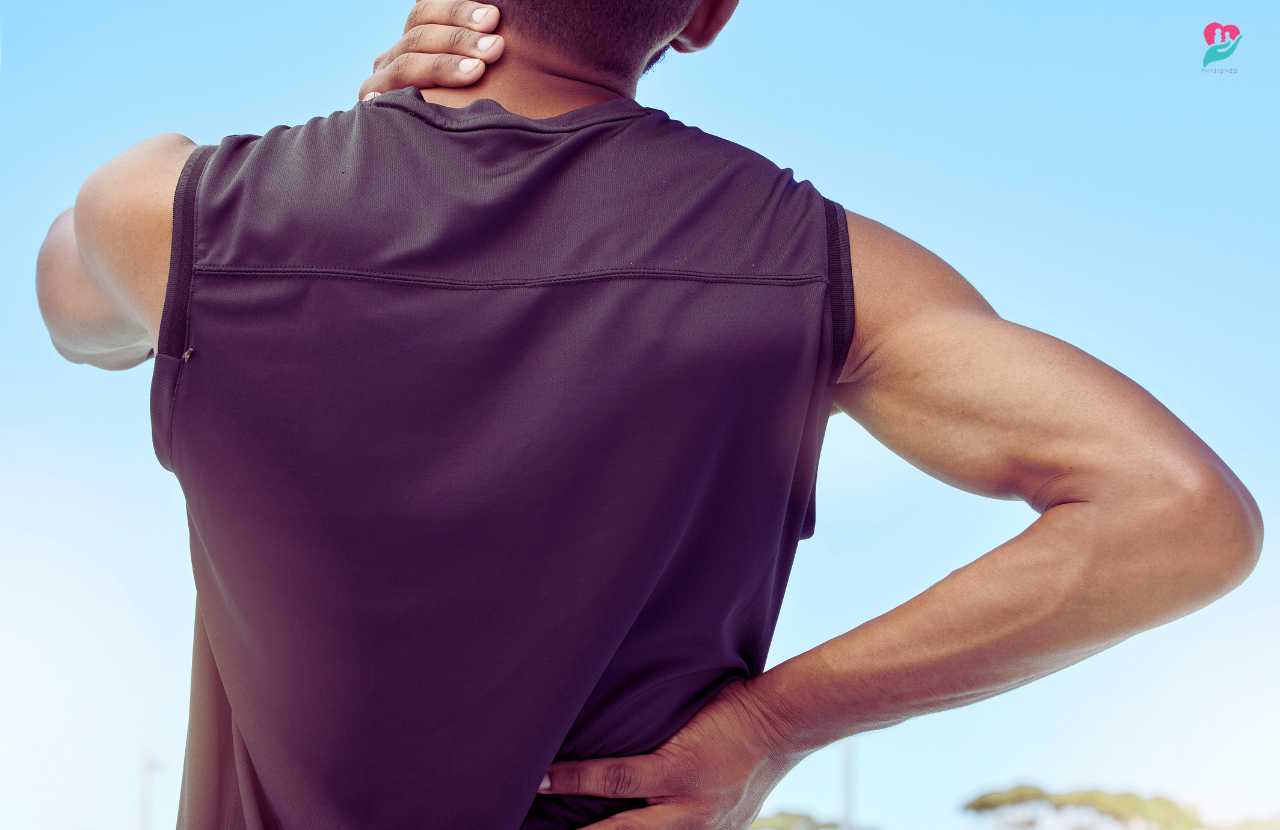
How can stiff and tight muscles result in back pain? This question takes center stage as we delve into the intricate relationship between muscle stiffness and back discomfort. Join us as we explore the mechanisms behind this connection, uncovering the impact of muscle tension and tightness on spinal alignment and overall well-being.
In this comprehensive guide, we’ll examine the contributing factors to muscle stiffness and tightness, including inactivity, poor posture, and muscle imbalances. We’ll discuss the role of inflammation and muscle tension in perpetuating these issues, leading to chronic back pain.
How Can Stiff and Tight Muscles Result in Back Pain?

Stiff and tight muscles can significantly contribute to back pain, impairing mobility, flexibility, and overall quality of life. Understanding the mechanisms behind this relationship is crucial for effective pain management and prevention.
Impact of Stiff and Tight Muscles on Back Pain
Muscle stiffness and tightness arise when muscles become tense and shortened, reducing their range of motion and flexibility. This can result in:
- Reduced blood flow and oxygen supply to muscles, leading to pain and fatigue.
- Muscle spasms, which are involuntary contractions that can cause severe pain.
- Pressure on nerves, causing numbness, tingling, or weakness.
Contributing Factors to Muscle Stiffness and Tightness, How can stiff and tight muscles result in back pain?
Various factors can contribute to muscle stiffness and tightness, including:
- Inactivity:Prolonged sitting or lack of regular exercise can weaken muscles, making them more prone to stiffness.
- Poor posture:Slouching or incorrect body alignment can strain muscles, leading to stiffness and pain.
- Muscle imbalances:When certain muscle groups are stronger or weaker than others, it can cause imbalances, resulting in muscle stiffness and tightness.
- Muscle tension:Stress and anxiety can cause muscles to tense up, leading to stiffness and pain.
- Inflammation:Injuries, overuse, or certain medical conditions can cause inflammation, which can contribute to muscle stiffness and pain.
Effects of Stiff and Tight Muscles on Spinal Alignment and Function
Stiff and tight muscles can affect spinal alignment and posture in several ways:
- Altered spinal curvature:Tight muscles can pull the spine out of alignment, causing conditions such as kyphosis (hunchback) or lordosis (swayback).
- Muscle imbalances:Stiff muscles on one side of the spine can lead to imbalances, causing the spine to tilt or curve.
- Nerve compression:Stiff muscles can press on nerves, causing pain, numbness, or weakness.
Impact on Daily Activities and Quality of Life
Stiff and tight muscles can significantly impact daily activities and quality of life:
- Reduced mobility:Pain and stiffness can limit movement, making it difficult to perform everyday tasks.
- Reduced flexibility:Stiff muscles restrict range of motion, affecting activities such as reaching, bending, or turning.
- Impaired sleep:Back pain caused by muscle stiffness can disrupt sleep, leading to fatigue and decreased productivity.
Ending Remarks

Understanding how stiff and tight muscles can result in back pain empowers us to take proactive steps towards prevention and management. Through targeted stretching, massage therapy, and physical therapy, we can alleviate muscle stiffness and tightness, restoring spinal alignment and improving overall quality of life.
Maintaining a healthy body is essential for overall well-being. Regular exercise plays a crucial role in preventing flexibility issues and improving the strength of back muscles . Experts recommend engaging in regular physical activity to preserve flexibility and prevent the onset of muscle stiffness.
If you’re looking to shed lower back fat, there are effective exercises for lower back fat that can help you achieve your fitness goals.
By incorporating preventive measures such as regular exercise and proper warm-up routines into our daily lives, we can minimize the risk of developing these debilitating symptoms.
Mother’s Day is a special occasion to express our love and gratitude for the extraordinary women in our lives. Let’s take this opportunity to share happy mothers day wishes for all moms and celebrate their unwavering love, support, and sacrifices.
May this day be filled with joy, laughter, and heartfelt appreciation.
Popular Questions
What are the common causes of muscle stiffness and tightness?
The importance of maintaining strong back muscles cannot be overstated. Regular exercise plays a crucial role in preventing flexibility issues. Studies have shown that those who engage in consistent physical activity are less likely to experience muscle stiffness and pain.
Whether it’s a daily yoga session or a brisk walk, exercise helps keep our bodies flexible and strong.
Muscle stiffness and tightness can result from various factors, including inactivity, poor posture, muscle imbalances, and prolonged periods of sitting or standing.
How does muscle stiffness and tightness contribute to back pain?
Stiff and tight muscles can pull on the spine, causing misalignment and putting pressure on nerves. This can lead to pain, inflammation, and reduced mobility.
What are some effective treatments for stiff and tight muscles?
Stretching, massage therapy, and physical therapy are effective treatments for alleviating muscle stiffness and tightness. These therapies help improve flexibility, reduce pain, and restore proper muscle function.
Flexibility is a crucial aspect of maintaining a healthy body and mind. Regular exercise is the most effective way to prevent flexibility issues . By engaging in activities like yoga, tai chi, or simply stretching regularly, you can improve your range of motion and reduce the risk of muscle pain and injuries.
How can I prevent muscle stiffness and tightness?
Regular exercise, proper warm-up and cool-down routines, and maintaining good posture can help prevent muscle stiffness and tightness. Additionally, using ergonomic workstations and taking breaks from prolonged sitting or standing can reduce the risk of developing these issues.
Maintaining a healthy weight is essential for overall well-being. If you’re looking to reduce excess lower back fat , incorporating regular exercise into your routine is key. Exercises like swimming, cycling, and brisk walking can help burn calories and strengthen the muscles in your lower back, resulting in a leaner and more toned appearance.







